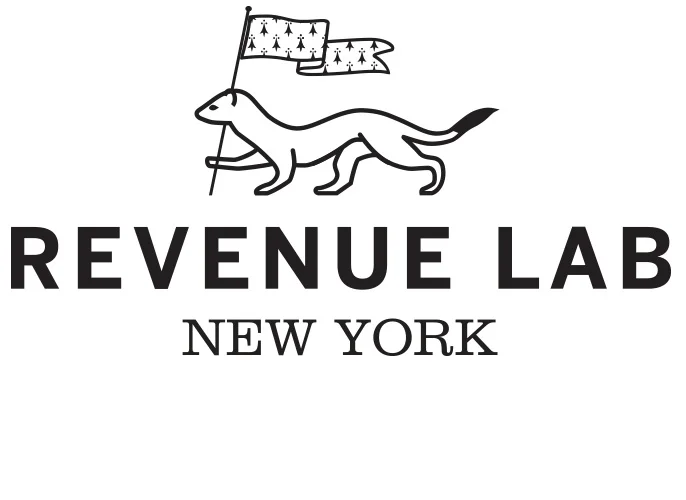Why It Happens And How To Solve It
Differing Perceptions Is The Number One Cause Of Misalignment
People naturally do not see things the same way, and oftentimes, these varying perceptions are the root cause of misalignment. In some instances, the problem may seem obvious, but other times it can be more complex such as a conceptual dilemma or general miscommunication. Everyone has a different way of thinking and understanding, and depending on what department they’re in, they will also have different needs and goals to take into account as well. It’s important to first understand these unique perceptions in order work together to find solutions.
Identifying New Job Responsibilities
With so much going on within a given project, it is crucial to have at least one individual keep track of it all. This individual should have a complete understanding of the objectives and goals of the project, the ability to drive open transparent discussions, the ability to advocate for and promote individual groups, and of course be open to locating challenges and crafting solutions. There is no need to create a brand new position; this “evangelist” role can be fulfilled by an existing employee within the organization, such as a project manager, marketing executive, or operations executive, depending on the project. Within this product role, the individual will be authorized to build the project outside of the normal pipeline to drive the product forward; therefore making sure each constituency is totally aligned.
Transparency Is Crucial
Another important cause of misalignment is the amount of transparency – or lack thereof - surrounding a project. It’s important to establish open communication across all verticals, and it might help to go to each team lead and ask questions in order to understand and identify issues within an internal structure before introducing them to the team as a whole. In order to synthesize the workflow and establish a high-functioning working environment, complete transparency is essential.
The Need For Speed
Sometimes misalignment is merely a matter of timing. When pushing for innovation there will always be people who buy into it and get on board quickly, and others who are a little slow to pull the trigger. While this universal challenge might manifest itself differently amongst organizations, momentum issues are often a large problem plaguing legacy publishers, making them inherent to misalignment. If a company can learn to function quickly under various developments and constraints, the impact and success of the project will be far greater.
Get Creative With Your Misalignment Solutions
The fail-safe way to locate any misalignment issues is to devise a visual exercise where each of the leads of your project can draw (on a simple piece of paper) their version of the problem. Often times, your team members may not even be talking about the same thing, let alone the same distinctions of that particular problem. Not everyone will completely understand all the objectives and goals right away of a project right away, so it is important to take a few steps backwards and get on the same page – literally – in order to locate all possible issues and curate solutions.

